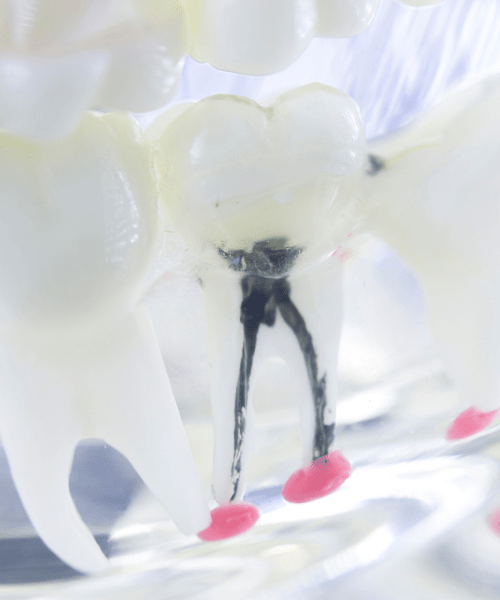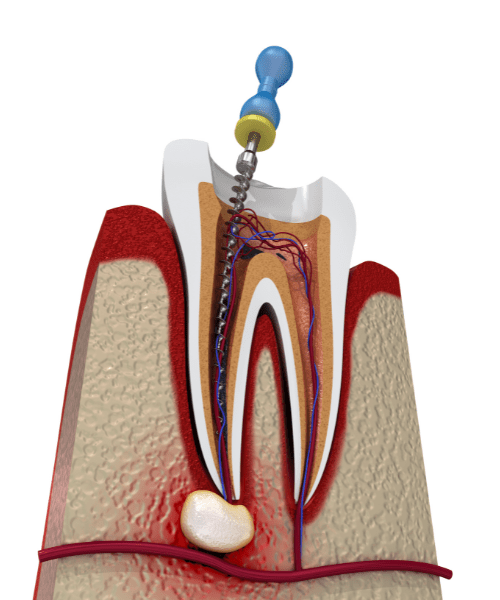Dental health is essential to our overall well-being, and taking care of our teeth is a critical component of maintaining good health. One of the most common procedures in dental care is tooth filling. In this blog, we will explore everything you need to know about dental filling, from the procedure to the types of filling materials available and their costs.
What is a Dental Filling?
A dental filling is a restorative dental procedure used to repair teeth that have been damaged by decay, cracks, or fractures. The procedure involves removing the decayed or damaged tooth material and filling the cavity with a dental filling material. The goal of this procedure is to restore the tooth’s natural function and prevent further damage or decay.
Dental Filling Procedure :
The dental filling procedure is a straightforward process that typically takes around an hour or less to complete. It begins with an examination by a dentist to determine the extent of the damage or decay. After this, the dentist will administer local anesthesia to numb the area around the tooth to be filled. This helps to ensure that the patient feels no pain during the procedure.
Once the area is numb, the dentist will remove the damaged or decayed tooth material using a dental drill. After this, the cavity is cleaned and prepared for the filling material. The dentist will then place the filling material in the cavity and shape it to fit the tooth’s natural contour. The filling material is then hardened using a special light, and any excess material is removed. The tooth is polished to restore its natural appearance.
Types of Dental Filling :
There are several types of dental filling materials available, and each has its advantages and disadvantages. Here are some of the most common types of dental filling materials:
Amalgam Fillings:
These are silver-colored fillings made of a mixture of metals, including silver, mercury, and tin. Amalgam fillings are strong and durable and are often used for molars and premolars. However, some patients may be allergic to the mercury in amalgam fillings.
Composite Fillings:
Composite fillings are tooth-colored fillings made of a mixture of resin and glass or quartz. They are strong and durable, and they blend in with the natural tooth color, making them ideal for visible teeth. However, they are more expensive than amalgam fillings and may not be as long-lasting.
Gold Fillings:
Gold fillings are durable and long-lasting, making them ideal for molars and premolars. They are also highly resistant to wear and tear, making them an excellent choice for people who grind their teeth. However, they are expensive and may not be aesthetically pleasing.
Ceramic Fillings:
Ceramic fillings are made of porcelain or glass and are highly durable and long-lasting. They are also highly resistant to staining and can be color-matched to the natural tooth color, making them ideal for visible teeth. However, they are expensive and may require more than one visit to complete.
Permanent Tooth Filling Material :
The permanent tooth filling material is the material that is used to fill the cavity after the damaged or decayed tooth material has been removed. The choice of filling material will depend on several factors, including the extent of the damage, the location of the tooth, and the patient’s preference.
The most common permanent tooth filling materials are amalgam and composite fillings. Amalgam fillings are more durable and long-lasting, while composite fillings are more aesthetically pleasing and blend in with the natural tooth color.
Dental Filling Cost in India :
The cost of dental filling in India will depend on several factors, including the type of filling material used, the location of the tooth, and the dentist’s fee. On average, the cost of a dental filling in India can range from Rs. 500 to Rs. 5000. Amalgam fillings are generally less expensive than composite fillings and other types of fillings.
It is important to note that dental insurance may cover the cost of dental filling, depending on the policy. It is recommended to check with the insurance provider to determine what procedures are covered under the policy.
Conclusion :
Dental filling is a common dental procedure used to restore damaged or decayed teeth. The procedure is simple and straightforward and typically takes less than an hour to complete. There are several types of dental filling materials available, each with its advantages and disadvantages.
The choice of filling material will depend on several factors, including the extent of the damage, the location of the tooth, and the patient’s preference. The cost of dental filling in India will also depend on several factors, including the type of filling material used, the location of the tooth, and the dentist’s fee.
Regular dental check-ups and proper oral hygiene can help prevent tooth decay and the need for dental filling. If you experience any dental pain or discomfort, it is important to consult a dentist as soon as possible to prevent further damage or decay.
In conclusion, taking care of our dental health is essential to our overall well-being, and dental filling is one of the many procedures that can help restore and maintain healthy teeth.




